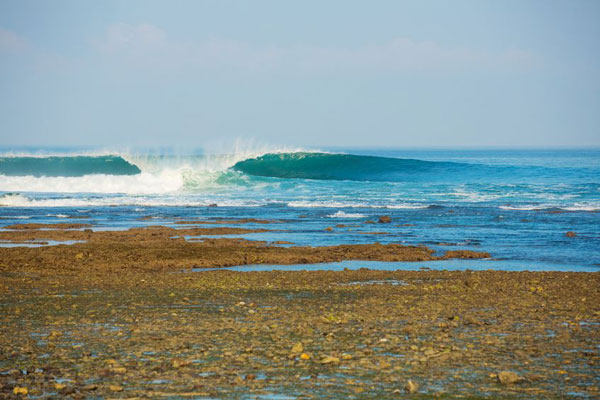Earlier this year I caught the surfing bug. This has led me to consider the environment almost daily. I have recently been looking for ways to incorporate surfing into my job as a lawyer. I thought this was impossible and perhaps a silly idea until I came across some submissions written by a Sumner Lawyer (now sadly deceased) for protecting world class New Zealand surf breaks and even creating “Surf Reserves”. At that time I thought “where there’s a will, there’s a way”! Further Googling led me to the Surfbreak Protection Society and submissions on the New Zealand Coastal Policy Statement which comes into effect TODAY.
Surfers are not the out casts of society that they used to be. Surfing is becoming a more acceptable and recognised as a professional sport. Surfing is great for the economy, tourism, communities, and health (body mind and spirit). The Wavetrack New Zealand Surfing Guide records over 470 surf breaks throughout New Zealand. Surf breaks are some of New Zealand’s greatest assets. A perfect break such as the Whangamata Bar (before development) is akin to Mt Everest for a mountain climber or a football field for a rugby player.
The quality of a surf break can be diminished or destroyed by activities such as coastal development, sand mining and dredging, removal of sand dunes and establishing marinas. The quality of the water can be destroyed by activities such as discharging sewerage, waste from meat works and run off from farm land. New Zealand is a rapidly developing country and all these things will destroy our clean green image and the quality of our surf breaks if we are not careful.
Luckily, surfing advocates have been proactive enough to have an impact on the contents of the New Zealand Coastal Policy Statement 2010 which comes into effect today. Of the 500 submissions received, 90 of them focused on protecting surf breaks. The NZCPS contains objectives and policies relating to the coastal environment which Local Councils must adhere to and reflect in their regional policies, regional plans and district plans.
In the new NZCPS, Policy 13 generally preserves the natural character of the coastal environment (including surf breaks) and protects it from acts that will have an adverse effect on it. Policy 16 specifically protects surf breaks of national significance by ensuring activities on the coastal environment do not adversely affect the surf breaks or access to, and use and enjoyment of the surf break.
There are 19 nationally significant surf breaks which were chosen by their “stoke” rating in the Wavetrack New Zealand Surfing Guide:
- Otago: The Spit, Karitane, Whareakeake (Murdering Bay), Papatowai;
- Kaikoura: Mangamaunu, Meatworks;
- Taranaki: Stent Road, Backdoor Stent, Farmhouse Stent , Waiwhakaiho;
- Gisborne: Makorori Point, Wainui, Stock Route, Pines, The Island;
- Raglan: Manu Bay, Whale Bay, Indicators;
- Coromandel: Whangamata Bar;
- Northland: Peaks (Shipwreck Bay, Super tubes, Mukie 1&2).
Surf breaks which are not listed can still be protected by Local Councils. I’m sure activist surfers such as, the Surfbreak Protection Society, will ensure other breaks such as Piha and Te Arai are protected.
I have this week joined the Surf Break Protection Society. Please contact me if you know of any ways I can cunningly incorporate surfing into my job as a lawyer.




Leave A Comment